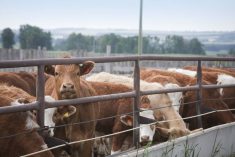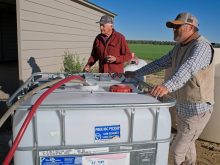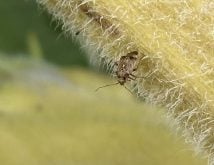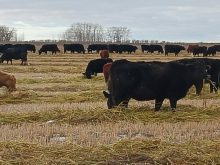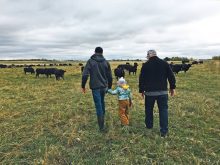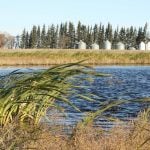Spray Creek Ranch in southwestern B.C. has the land, the livestock, a well-established market and even a new abattoir built on the farm. Now it just needs a butcher.
The organic direct-to-consumer meat business that Tristan and Aubyn Banwell have built over the past 10 years on their ranch, near Lillooet, is still flourishing as they search for a butcher. They have processing and meat cutting services available about two hours away, which continue to serve them well.
But having their own on-farm abattoir will be an important improvement to their operation providing a level of convenience and greater control over the meat products they sell.
Read Also
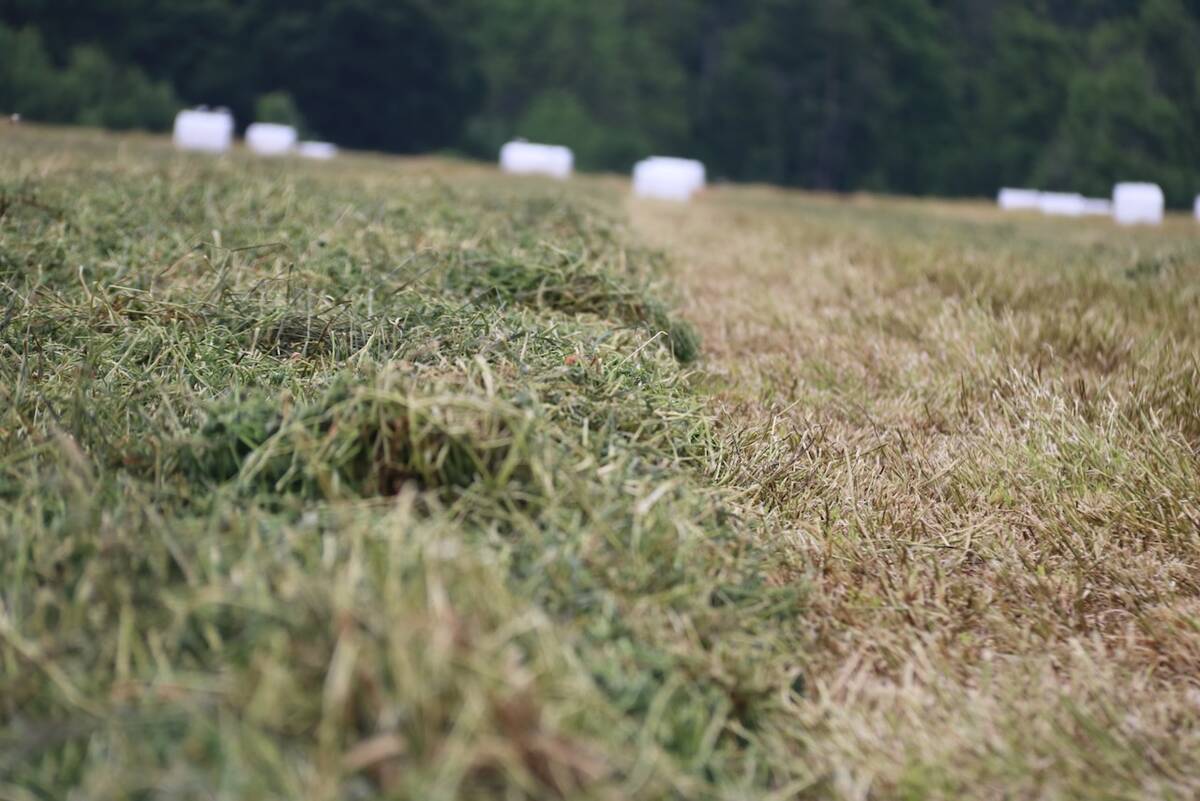
New high-performance forage training program to launch in 2026
A new Canadian Forage and Grasslands Asssociation high-performance forage program will be a resource for farmers, agronomists and others in the forage sector.
“As our business has grown, we thought getting the licensing for an abattoir might be the biggest challenge,” says Aubyn. “But finding the butcher is the delay right now. I know we will find the right person; it may just take some time.”
In the meantime, their efforts in developing the ranch along with a successful organic meat business earned them recognition earlier this year as B.C.’s Outstanding Young Farmers for 2024.
The Banwells were living off the grid in Washington state’s Olympic Peninsula for several years, appreciating the health benefits of growing their own food. They also saw others were interested in buying their farm-fresh produce that included fruits and vegetables, along with naturally raised poultry, pork and other meat products. They knew that was what they wanted to do for a living. And when an opportunity came along in 2014 to buy a ranch near Lillooet, about 3.5 hours north of Vancouver, they took it.
Spray Creek Ranch today has about 500 acres of deeded and rented land, including about 215 acres of irrigated pasture and hayland. The ranch also has about 60,000 acres of some very rugged Crown-owned grazing lease, which is a lot of land area affording a limited but important grazing opportunity. The ranch was a conventional commercial cow-calf operation the Banwells eventually transitioned into a certified organic production system.
As the Banwells learned the beef business, “we made a gradual shift toward direct marketing,” Aubyn says. “By 2018 we were no longer selling cattle through the auction to be shipped to feedlots. We started learning about forages and livestock nutrition and began grass-finishing and selling beef directly to customers.”
Today on their organic farming operation, along with 50 head of beef cattle, they also raise chickens, turkeys, pigs, sheep and laying hens, with all meat animals grass-finished.
In the early days they sold all products direct to consumers through farmers’ markets. However, as the COVID pandemic hit in 2019, they started taking online orders. Today 100 per cent of their products are marketed through online sales, with delivery to customers at key pickup locations once every two weeks.
With a trading area that includes Lillooet, Pemberton, Whistler and as far west as Squamish, Spray Creek Ranch has developed a 2,000-member customer base.
“These are loyal customers who appreciate our products,” Aubyn says. “And they have to work for it. We pick a time and place for delivery and they have to meet us there. We really appreciate their ongoing support.”
In 2023, for example, Tristan personally handed out about 40,000 lbs. of Spray Creek Ranch meat products to customers.
The Banwells have transitioned the beef herd genetics to the smaller, more moderate-sized British-breed animals developed for grass finishing. The herd calves in April and May and is pastured at home for a couple of months before being moved to Crown sub-alpine pastures, usually in mid-August.
“Roadsides and sub-alpine meadows provide for two months of summer grazing,” Aubyn says. “We start later so the native grasses have had time to set seed before the cows arrive. On the lease area there are four main pockets of sub-alpine meadows, so we use those on a rotating basis — grazing one area this year, and then it has three years of rest before we return.”
The cow herd is brought home in mid-October and preg-checked, then cow-calf pairs go out onto stockpiled forage on the home ranch for the fall and early winter. Depending on weather conditions, usually by January the cattle move onto bale grazing, although the Banwells hope to develop a year-round grazing system.
Although weaning is happening naturally over winter, calves are removed from their mothers in mid-winter so cows can be in good condition for calving in April. Over winter the ranch will have three generations of cattle: the mature cowherd, the yearling calves and the two-year-old finishers.
The grass cattle are finished at just under 24 months, so most are processed during the summer months.
As the Banwells produce multiple animal species, all raised and finished on pasture, Aubyn says it was important to develop a “mobile infrastructure” so different classes of animals could be held or contained and then easily moved to new pasture areas.
“That involved portable electric fencing for some animals along with portable housing needed for poultry. Some of it was pretty wild-looking at the start,” she says with a laugh. “But we have developed a practical and efficient system mobile system over the years that works well.”
She says they are looking forward to having the on-farm abattoir operational over the next few months.
“We have had excellent service up to now, but we have to travel two hours to have animals processed,” she says. “It will be much more convenient to have the facility right here on the farm. We’re hoping it will also become sort of a hub for the community, where anyone in the surrounding area will be able to bring their livestock here for custom processing.”





